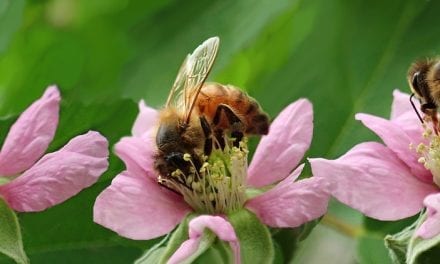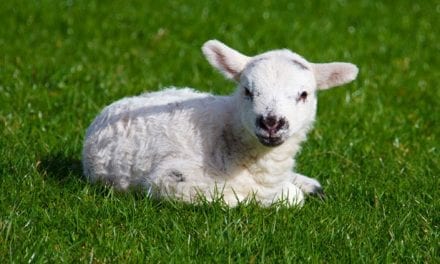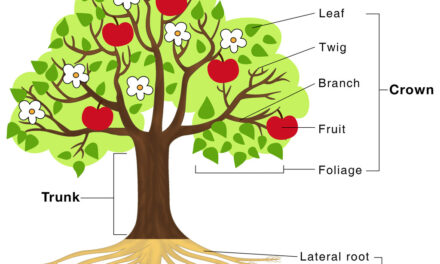Information on Seeds
Seeds come in all shapes and sizes. Some are winged, spiked, round and flat. Even though they can look so different, they are all the same in that they store the information for a plant’s entire life, from sprouting to growing into a vast tree, flowering and dying.
Some seeds can be tiny. For example, the poppy has tiny seeds, but this plant is not small. It has large leaves and beautiful flowers.
Seeds can be hidden in delicious fruits that animals feed on, swallow the seed and poop out somewhere else where the seed can grow.
Would you like our Dan The Gardener & Friends FREE Activity Book for kids packed full of colouring-in, dot to dot, word searches, recycling tips and diary sheets plus more?
Can seeds travel?
Seeds can travel around the planet wherever the wind, animals and we will take them. This is a problem because when we bring plant seeds from other countries and continents, they can affect our ecosystems. These are called invasive species, and they compete with native plants to take their food and space.
So, could you make it your job to tell people the importance of protecting our ecosystems by not introducing invasive plants? You can also tell your parents not to compost seeds from vegetables but collect and dry them to plant, or with some seeds like pumpkin, you can roast and eat them.
This post includes affiliate links. This means we earn a small commission if you buy through our link (at no extra cost to you). We only suggest products or services we genuinely love and trust. Thanks for supporting our blog!
Facts on seeds – did you know?
- Some seeds in the tropical rainforest decompose in a few days because they have to otherwise fungi and insect will eat them.
- Native English trees like the Oak need the ground to freeze for their; otherwise, fungi and insects acorns to germinate the following year.
- Try collecting your seeds, walking around the park and woods to collect tree seeds, and sprouting them in plant pots at home. Please do this in your garden by waiting for the flowers to die and dry out, collecting your seeds from the pods, and putting them in a small brown bag.
- The Millennium Seed Bank at the Royal Botanic Garden Kew stores seeds from every plant they possibly can. They have a multi-million-pound facility where they store seeds at a very cool temperature.
- It is not commonly known, but plants are going extinct every day, many of them before we have identified them and studied their value.
- The pressure of the root bursting through the seed can crack concrete.
- Some seeds from some cacti species can survive thousands of years and still germinate.
- It is incredible how a seed can be kept for years and grows when you plant it.
- Seeds are living things that live inside a shell that protects them.
- Inside the shell, they have an embryo, which it grows into.
- Inside the seed shell is food, which the baby plant will live off when you put it into the soil and feed it water.
- When you plant a seed that sprouts, it is called germination.
- When the plant has eaten all the food in the shell, it pops up and searches for light.
- In Israel, scientists discovered a seed of a date palm tree that was 2000 years old. These ancient seeds sprouted into a new plant, and now that’s amazing.


























